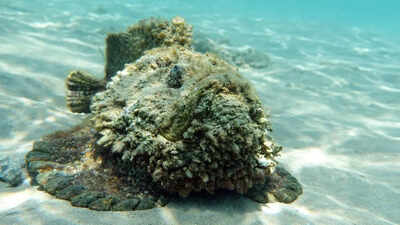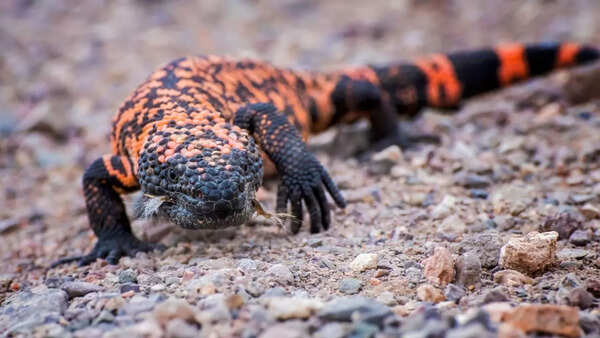ARTICLE AD BOX

Nature’s array of venomous creatures extends far beyond snakes and spiders. In fact, several innocent looking species of mammals, mollusks, and even fish have evolved toxic weapons for defense, predation, or competition.
They leverage these chemical arsenals to immobilise prey, threaten predators, or win territorial and mating clashes. While some cause excruciating pain, others carry life-threatening toxins.Although some of these creatures are inundated with highly toxic and life-threatening venom, others could be used for medical advancements.
Here are the 10 most venomous creatures on this planet.
Box jellyfish
Box jellyfish like Chironex fleckeri produce toxins that attack the heart and nervous system.
Their stings can trigger shock or heart failure within minutes, which leads to drowning often before victims reach shore. These highly lethal toxins make them one of the most dangerous marine animals known.

The Gila monster delivers a neurotoxic venom that inflicts intense, “hot lava” pain in victims, but it’s rarely fatal. Though not deadly, its bite has medical significance, as it contains a peptide in its saliva which helps to produce a drug for type 2 diabetes.
Sydney funnel-web spider
Australia’s Sydney funnel-web has a venom tailored to primate physiology that is especially deadly to humans. Its bites cause agonizing pain and can kill within hours. Paradoxically, researchers found a molecule in its venom that could guard heart tissue during heart attacks.
Cone snails
Cone snails use a venomous harpoon to paralyse prey. Their toxins can induce paralysis, respiratory failure, and death in humans. Yet, one peptide led to a non-opioid analgesic stronger than morphine, with potential for Alzheimer’s and epilepsy treatments.
Stonefish
Stonefish camouflage on the ocean floor, delivering venom via dorsal spines when stepped on. Stings bring excruciating pain and can be lethal. Paradoxically, once spines are removed, stonefish are considered edible and are a delicacy in some Asian cuisines.

Inland taipan
The inland taipan of Australia packs the deadliest venom known. Though extremely lethal, its shy nature keeps human encounters rare. Meanwhile, more aggressive species like the saw-scaled viper cause more fatalities
Platypus
The male platypus hides venomous spurs on its hind legs, which are potent enough to paralyze small mammals and cause excruciating pain in people.
Though rarely fatal, the venom’s paralytic effect is powerful and remains one of nature’s most unusual weapons.

Slow loris
The slow loris mixes saliva with oil from its brachial gland to deliver venom via its tooth comb. Bites can cause necrosis, anaphylaxis, and even death. Its venom is similar to cat allergens and evolved for defense, intraspecies conflict, and parasite deterrence.
Shrew venom
Northern short-tailed shrews secrete soricidin, a paralytic peptide used in prey immobilization. Remarkably, soricidin inhibits TRPV6 calcium channels in cancer cells and is under investigation as a treatment for ovarian and other epithelial cancers.
European mole
The European mole uses venomous saliva to paralyse specific earthworms. This allows the mole to store live but immobilised prey underground. Unlike many predators, this mole keeps its prey alive for later consumption.



.png)
.png)
.png)
















 4 hours ago
4
4 hours ago
4









 English (US) ·
English (US) ·